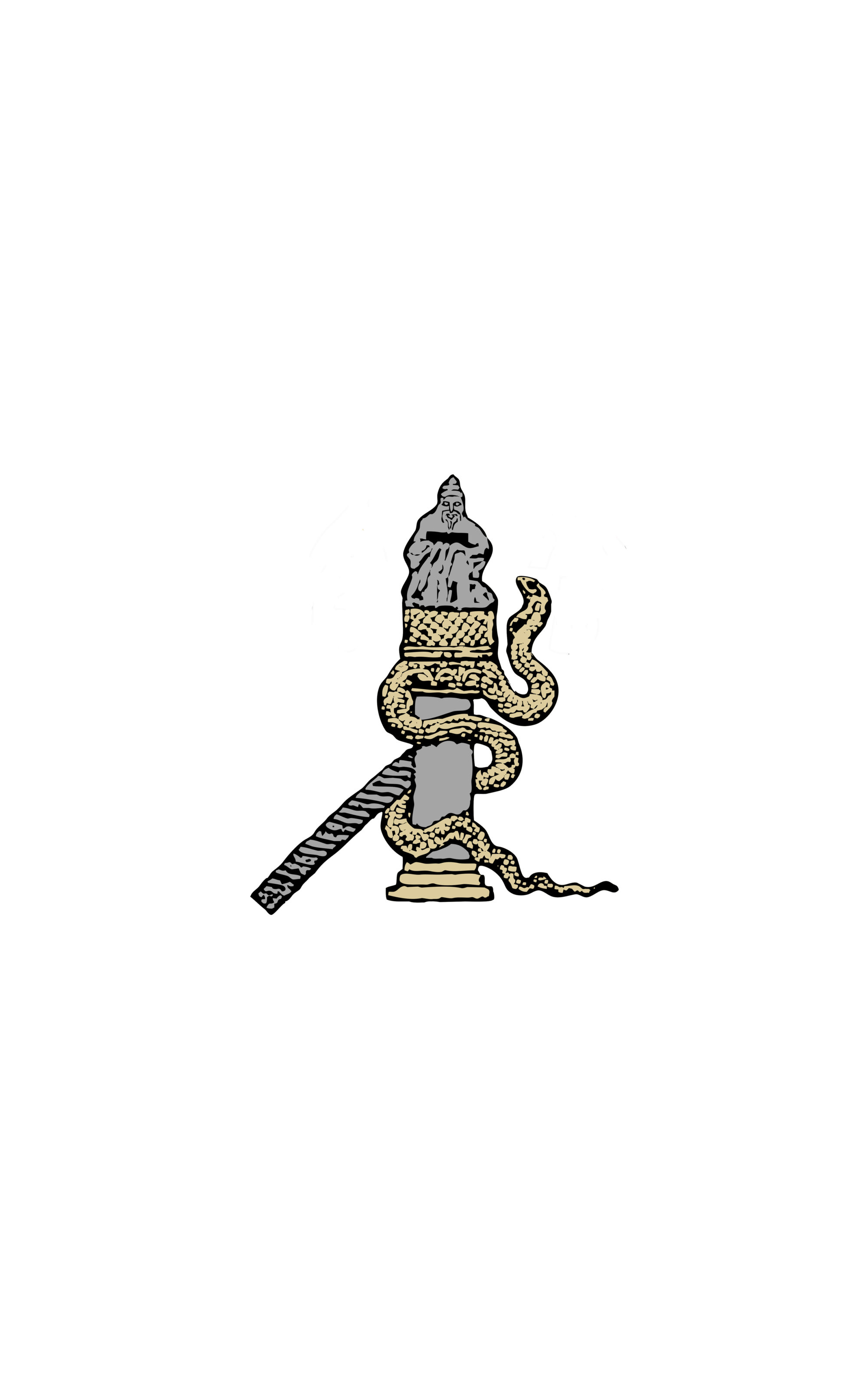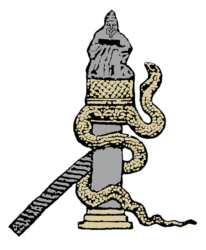“Fleur de lis” heraldic emblem in Late Byzantine Architecture.
Jasmina S. Ćirić (Université de Belgrade)
Paper explores the appearance of “fleur de lis” motif, its translation and heraldic implications on several Late Byzantine architectural examples. The motif was properly analyzed in numerous texts and studies which deals with the history of Western heraldry while such considerations in the history of Byzantine Art were almost entirely marginalized. Within processes of the implementation of the heraldic lily and its placement on the façade of the Late Byzantine temples it is necessary to distinguish: motif translatio in terms of transfer from one material to another and motif translatio as “heraldic democratisation“ idea translated into church facade compartments. Passing through Late Byzantine architectural examples such as Holy Apostles Church and St. Catherine Church in Thessaloniki, Virgin Periblepta and Virgin Evangelistria Church in Mystra, it is shown that ‘fleur de lis’ in square motif translatio functioned almost to an accuracy within the same religious buildings: as brick ornaments on the facades and painted ornaments on ktetor’s costumes. That is clearly defined also in Virgin’s Church in Ljubostinja Monastery (Serbia) risen as a mausoleum probably after the Battle of Kosovo 1389. The fact that Prince Lazar heraldic emblem was helmet with ‘fleur de lis’ carved in Lazarica Church south facade, than that Lazar’s praise with lily ornamented cover for his relics (with embroidered words: “Rejoice You lily, You who have spun a wreath of glory for Your head”), represents parallel artistic ties with princess Milica’s golden ‘lilies in squares’ embroidered costume in ktetorial composition in Ljubostinja exonarthex, and placing those ornaments above the Ljubostinja Church west portal also. Allusions to the wreath of glory are implicative for emphasizing the essence of Holy Sepulcher, Christ’s Descent to Hades, communion with the Christ Who was as lilium inter spinas. Heraldic ‘fleur de lis’ as a part of the ktetor’s visual statement/ heraldic conspicuous distinctiveness, could be seen as one of the several signs par excellence for idea of translatio, signs of transchronological/transterritorial importance for the ecclesiological identification of the Late Byzantine Universe.

